NEW DELHI (뉴델리)
7.0Km 2021-03-27
5, Kyungheedae-ro 6-gil, Dongdaemun-gu, Seoul
+82-2-957-7955
It is a restaurant loved for its unchanging taste and service since 2001. ThisIndian (cuisine) restaurant is located in Dongdaemun-gu, Seoul. The most famous menu is tandoori chicken.
Seoul Udam Naengchae Jokbal (서울우담냉채족발)
7.0Km 2021-03-29
39, Kyungheedae-ro 1ga-gil, Dongdaemun-gu, Seoul
+82-70-7664-9996
This is a place that sells Jokbal (pig’s feet) with good taste and aroma. This Korean dishes restaurant is located in Dongdaemun-gu, Seoul. The representative menu is chilled braised pigs' feet salad.
NOVA ITALIANO (노바이탈리아노)
7.0Km 2021-03-26
20, Kyungheedae-ro, Dongdaemun-gu, Seoul
+82-2-966-1652
It's near the university, so it's a place frequented by many young people. The best menu at this restaurant is pasta. This Western dishes restaurant is located in Dongdaemun-gu, Seoul.
Bicena (비채나)
7.0Km 2017-02-03
+82-2-749-6795
Bicena provides tasty Korean cuisine available only in Korea in a refined interior.
GyoDae GuestHouse [Korea Quality] / 교대게스트하우스 [한국관광 품질인증]
7.0Km 2021-04-05
103-201, 116, Saimdang-ro 17-gil, Seocho-gu, Seoul
+82-2-3486-7373
Gyodae Guesthouse is located near Seoul Nat’l Univ. of Education Station on Subway Lines 2 & 3. As a guesthouse in an apartment building, it's a popular choice for long-term stay among foreign students studying in Korea. The guesthouse is an ordinary home, so guests can feel at home during their stay. There are only two rooms, but the guesthouse owner treats her guests like family. For this reason, she has many repeat customers. Each of the rooms is furnished with a desk and a computer for student guests, and there are many plants in the living room. The kitchen, bathroom, living room, television, and sofa are shared among the guests. Laundry service is provided for free. Guests are asked not to stay out too late because the guesthouse is located in an apartment complex.
Gimnasio Jangchung (장충체육관)
7.0Km 2024-02-27
Dongho-ro 241, Jung-gu, Seúl
Limbyungjoo Sandong Kalguksu (임병주 산동 칼국수)
7.1Km 2017-02-01
63, Gangnam-daero 37-gil, Seocho-gu, Seoul
+82-2-3473-7972
Limbyungjoo Sandong Kalguksu offers hand-made noodle dish cooked with fresh ingredients.
Monte Mangusan (Seúl) (망우산(서울))
7.1Km 2021-01-27
San 69-1, Mangu-dong, Jungnang-gu, Seúl
+82-2-2094-2395
El monte Mangusan cruza Mangu-dong y Myeonmok-dong en Seúl, además de la ciudad de Guri, en Gyeonggi-do. Se encuentra a 281,7 metros sobre el nivel del mar. En la montaña está el cementerio Mangu, que fue designado como cementerio público en 1933; desde entonces, mucha gente famosa ha sido enterrada allí, incluido el autor de literatura infantil Bang Jeong-hwan (Sopa), los activistas independistas Oh Se-chan y Han Yong-un, y Ji Seok-young, un lingüista coreano. Además, los restos de grandes poetas como Park In-hwan, Mun Il-pyeong, Seo Byeong-ho, Seo Ong-il, Oh Jae-young, Seo Gwang-jo y Yu Sang-gyu se encuentran allí.
En el parque también hay una calle circular de 5,2 km llamada "Camino para pensar". El nombre fue elegido en una competición pública en mayo de 1998. Gracias a sus grandes árboles y aire limpio, muchos ciudadanos visitan el parque para descansar en la naturaleza.
The Shilla Seoul (신라호텔(서울))
7.1Km 2021-05-31
249, Dongho-ro, Jung-gu, Seoul
+82-2-2230-3311
The Shilla Seoul is a luxury hotel with an outdoor sculpture garden and Guerlain Spa. Other facilities include a fitness center, sauna, swimming pool, business center, restaurants, and more. The hotel also offers guests a free shuttle bus to Myeongdong and Dongdaemun shopping centers.
Puerta Gwanghuimun (광희문)
7.1Km 2021-02-24
Toegye-ro 344, Jung-gu, Seúl
+82-2-3700-3900
La puerta Gwanghuimun fue construida en el año 1396, durante el 5º año del rey Taejo, en el sureste de la capital (Seúl). Se suele conocer también como puerta Sugumun (puerta del canal de agua) y fue usada como Sigumun, que literalmente significa 'puerta del cadáver', ya que las procesiones funerales pasaban por esta puerta cuando salían por el este.
Durante la Guerra Imjin (invasión japonesa de 1592 a 1598), las puertas de la fortaleza fueron destruidas a tal grado que fue practicamente imposible encontrar el lugar original de su localización. Sin embargo, los esfuerzos de reconstrucción se iniciaron en 1711 (37º año del reinado de Sukjong) y la puerta del canal de agua fue restaurada con forma de torre. Desde ese momento, la puerta quedó intacta, incluso cuando los muros de la fortaleza fueron derrumbados para construir caminos durante la ocupación japonesa, pero la Guerra de Corea la dejó con graves daños y quedó abandonada. En 1975, empezaron los trabajos de reconstrucción para recolocar la puerta Gwanghuimun a 15 metros más al sur de su localización original, que se encontraba en medio de la carretera.

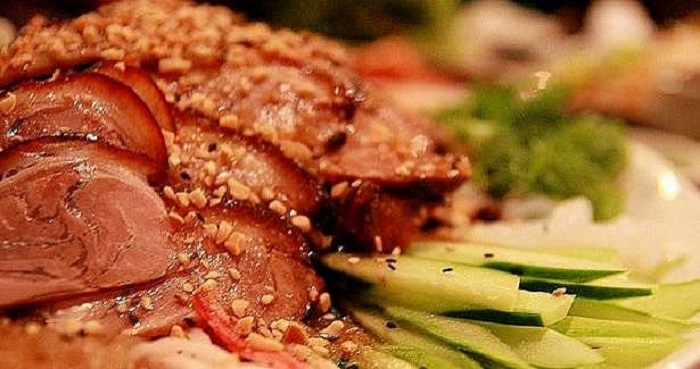
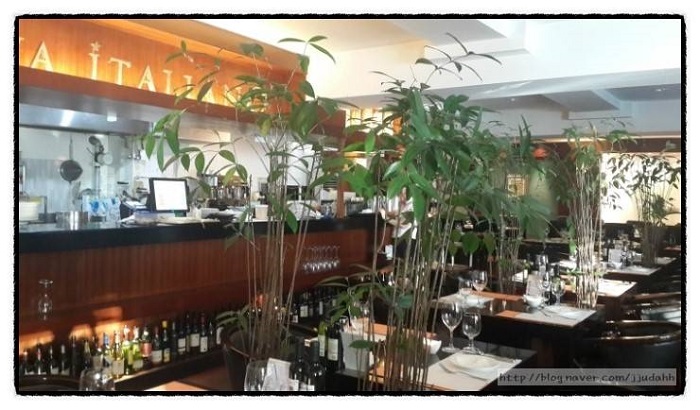
![GyoDae GuestHouse [Korea Quality] / 교대게스트하우스 [한국관광 품질인증]](http://tong.visitkorea.or.kr/cms/resource/81/2529081_image2_1.jpg)
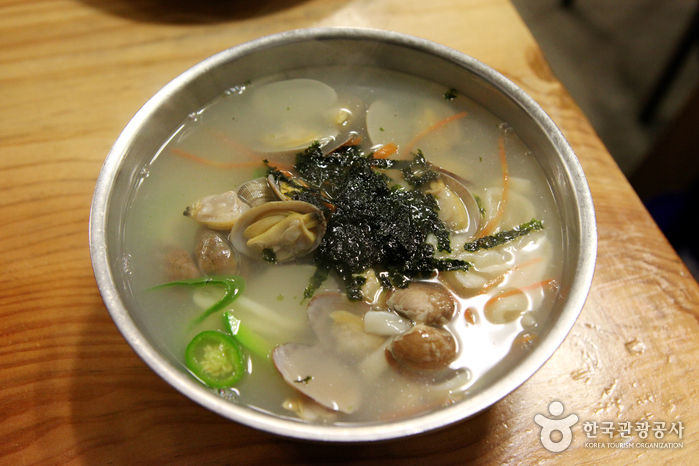
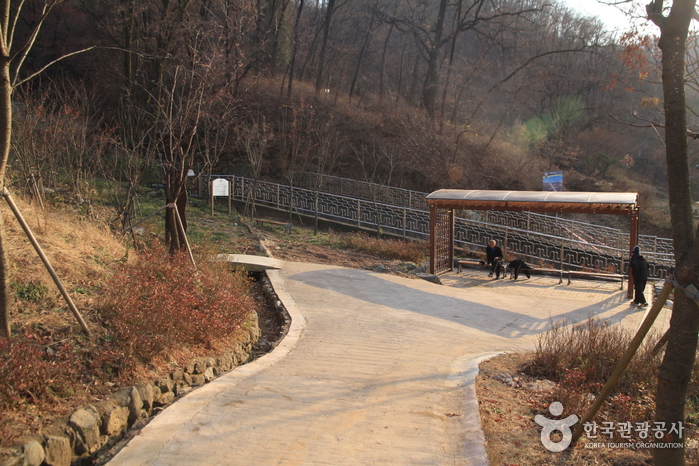
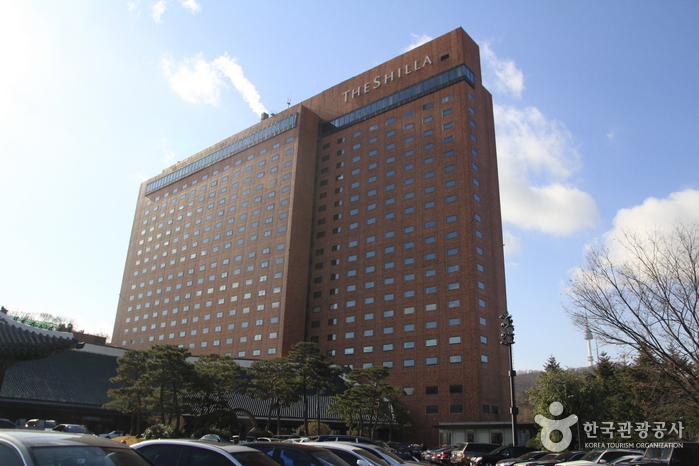
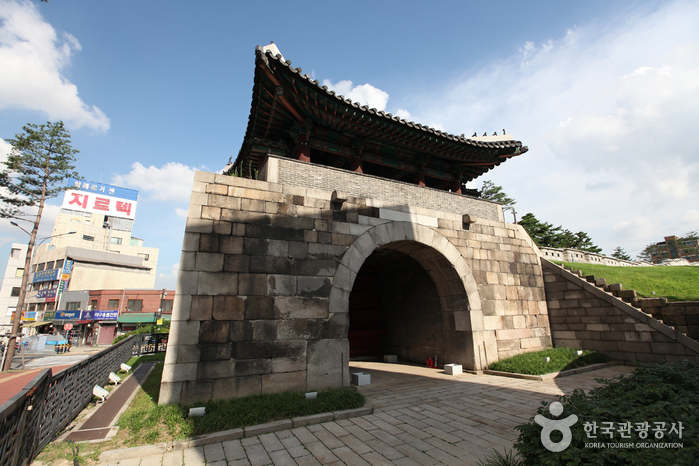
 Español
Español
 한국어
한국어 English
English 日本語
日本語 中文(简体)
中文(简体) Deutsch
Deutsch Français
Français Русский
Русский